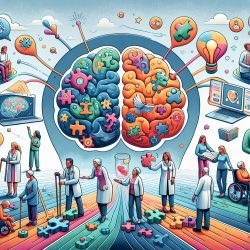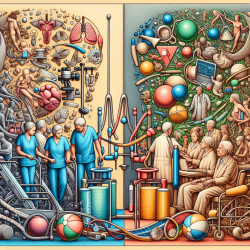Introduction
As practitioners dedicated to improving children's outcomes, understanding the factors influencing physical activity in youth is crucial. Lithuania's 2018 Report Card on Physical Activity for Children and Youth offers valuable insights that can enhance our approach to promoting physical activity. This blog will explore the findings and suggest actionable steps for practitioners.
Understanding the Report Card
The Lithuanian Report Card, part of the Global Matrix 3.0 initiative, evaluates ten indicators of physical activity among children and youth. These indicators include Overall Physical Activity, Active Transportation, Family and Peers, Sedentary Behavior, Organized Sport Participation, Community and Environment, Government strategies, Physical Fitness, School, and Active Play. Each indicator is graded based on available data, providing a comprehensive view of the physical activity landscape in Lithuania.
Key Findings
- Overall Physical Activity: Graded C?, indicating less than satisfactory levels of activity among children and adolescents.
- Active Transportation: Also graded C?, reflecting moderate use of active transportation methods like walking or cycling to school.
- Family and Peers: Received a D grade, highlighting the need for increased support from family and peers in promoting physical activity.
- Organized Sport Participation: Graded C, showing room for improvement in structured physical activity engagement.
- Physical Fitness: Graded C+, suggesting a need for enhanced fitness programs.
Implications for Practitioners
Practitioners can leverage these findings to tailor interventions that address the specific needs identified in the report. Here are some strategies:
- Enhance Family Engagement: Develop programs that encourage family participation in physical activities, emphasizing the role of parents as role models.
- Promote Active Transportation: Advocate for safe routes to school and community initiatives that encourage walking and cycling.
- Increase Organized Sports Opportunities: Collaborate with schools and community centers to provide accessible and diverse sports programs.
- Focus on Physical Fitness: Implement regular fitness assessments and tailor physical education curricula to improve fitness levels.
Encouraging Further Research
The report highlights gaps in data, particularly regarding Active Play. Practitioners are encouraged to conduct further research to fill these gaps and refine strategies. Collaborative efforts with researchers can lead to more comprehensive data collection and evidence-based interventions.
Conclusion
By integrating the insights from Lithuania's Report Card into practice, we can make informed decisions that enhance physical activity among children and youth. Continuous evaluation and adaptation of strategies will ensure that we meet the evolving needs of our communities.
To read the original research paper, please follow this link: Results from Lithuania’s 2018 Report Card on Physical Activity for Children and Youth.










